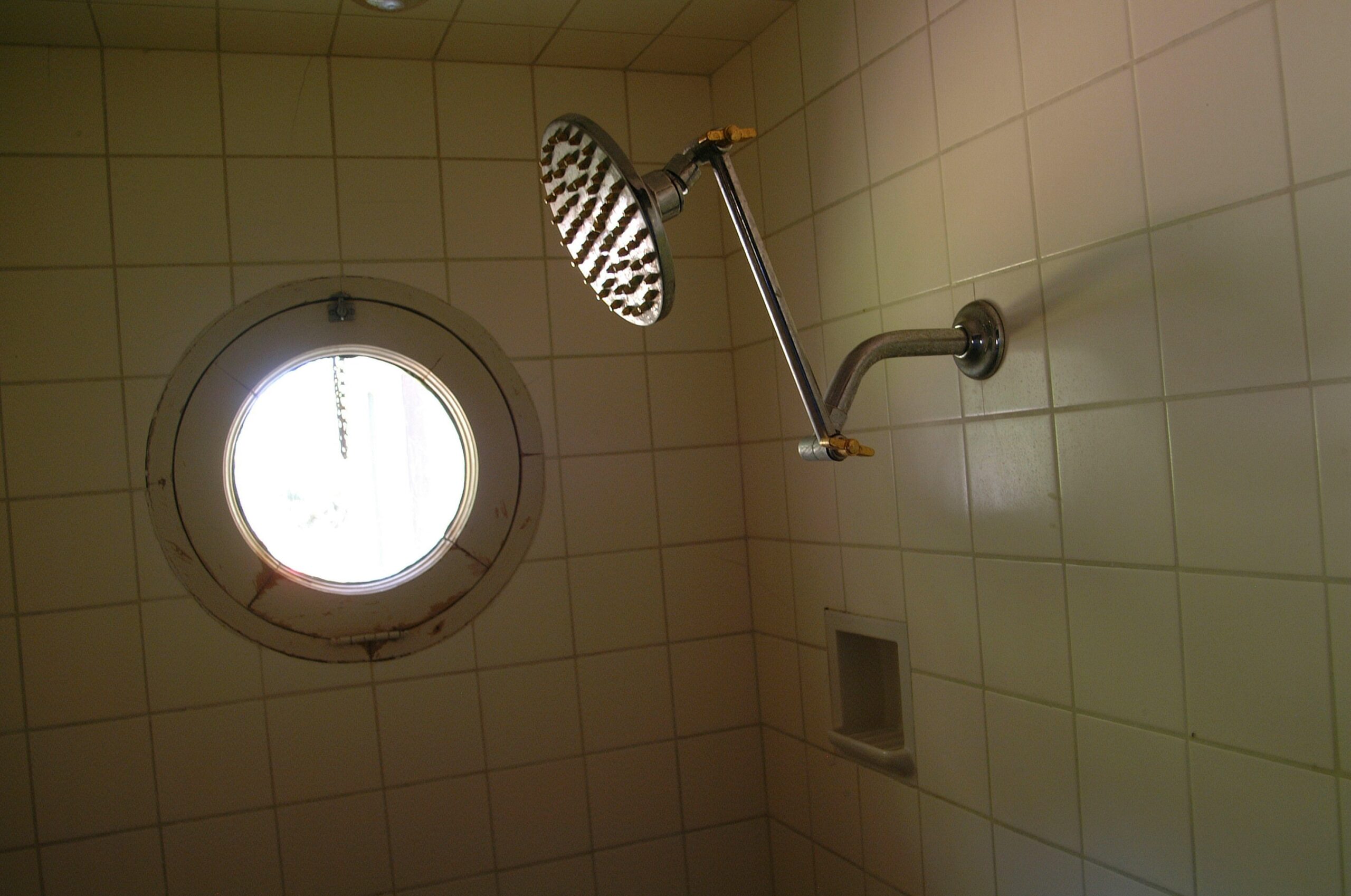Tackling a clogged drain can be both a necessity and a challenge for homeowners. Before embarking on do-it-yourself (DIY) drain cleaning, it’s essential to be aware of the safety precautions needed to prevent injuries and property damage. Understanding the risks associated with drain cleaning will allow you to approach the task with caution and respect for the potential hazards.
Chemical drain cleaners offer a seemingly quick fix to blockages, but they come with risks. Their highly caustic nature can lead to skin burns and eye damage if not handled with care. Prolonged use can also deteriorate your plumbing. Knowing how to use these products safely is critical to protecting yourself and your pipes.
When opting for manual cleaning methods such as drain snakes or augers, it’s important to understand the proper techniques to avoid causing more damage to your plumbing system. Ensuring that you’re using the right tools for the job and wearing appropriate protective gear will minimize the chances of accidents and help ensure a successful DIY project. By taking a methodical and well-informed approach to DIY drain cleaning, you can address simple plumbing issues safely and effectively.
Understanding Drain Systems
Proper knowledge of your home’s drain system is essential before you begin any DIY cleaning tasks. You should understand the various components, their functions, and the common issues they may encounter.
Components and Functions
- Pipes: These are the pathways through which water and waste travel. Residential systems typically use PVC, galvanized steel, or copper pipes.
- Traps: A trap is a curved section of the drain line, often found beneath sinks, which holds water to prevent sewer gases from entering the home.
- Vents: These are vertical pipes that allow air to enter the drain system, helping to maintain proper drainage and prevent a vacuum that could disrupt water flow.
- Clean-Outs: These are fittings with removable caps that provide access to the pipes for cleaning and removing blockages.
Understanding the layout and function of these components is crucial for effectively addressing drain issues.
Common Drain Issues
- Clogs: Buildup of hair, grease, and other debris can cause blockages. It’s one of the most frequent issues you’ll face with your drains.
- Leaks: Corrosion, damage to seals, or loose connections can lead to water leaking from pipes.
- Odors: Persistent bad smells could indicate a problem with the trap or venting system.
Regularly inspecting these components can help you spot problems early and perform safer and more effective DIY drain cleaning.
Preparation for DIY Drain Cleaning
Proper preparation is crucial to safely and effectively perform a DIY drain cleaning. Gather all necessary tools and wear the appropriate safety gear before starting.
Essential Tools and Materials
- Plunger: This classic tool can often dislodge clogs without the need for chemicals.
- Drain Snake or Auger: A manual or motorized snake helps remove deeper blockages in your pipes.
- Bucket and Towels: Keep these on hand to catch any spillage while you clear the drain.
- Waterproof Gloves: Choose heavy-duty, non-slip gloves to protect your hands and improve grip.
- Bio-Friendly Drain Cleaner: If you opt for a chemical aid, select an eco-friendly option.
- Baking Soda & Vinegar: A natural cleaning combination for small clogs or routine maintenance.
Safety Gear
- Goggles: Wear to protect your eyes from splashes and hazardous materials.
- Mask or Respirator: Necessary if using chemical cleaners to prevent inhalation of fumes.
- Non-Slip Shoes: Ensure they are waterproof to avoid slipping in wet areas.
- Long Sleeve Clothing: Protect your skin from possible splatter of dirt or chemicals.
DIY Drain Cleaning Techniques
When tackling a clogged drain, understanding the right techniques is crucial. Your safety and the integrity of your plumbing system depend on proper methods and caution.
Manual Removal of Obstructions
First, inspect the drain for visible blockages. You can often remove hair and soap buildup by hand or with the assistance of a straightened wire hanger or a specialized drain-cleaning tool like a drain snake. Always wear gloves to protect your hands during this process.
- Tools you might need:
- Rubber gloves
- Wire hanger
- Plunger
- Drain snake
Using Chemical Cleaners Wisely
If manual removal isn’t effective, you might consider a chemical drain cleaner. Read the product label thoroughly for safety instructions and only use the recommended amount. Chemicals should be a last resort as they can damage pipes over time.
- Safety tips:
- Ventilate the area well
- Never mix different cleaners
- Use goggles and gloves
Natural Drain Cleaning Alternatives
For a safer, more eco-friendly approach, use baking soda and vinegar. Pour a half-cup of baking soda down the drain, followed by an equal amount of white vinegar. The combination will create a fizzing action that can help break down the clog. After an hour, flush the drain with hot water.
- Steps for natural cleaning:
- Pour 1/2 cup of baking soda down the drain
- Add 1/2 cup of vinegar
- Wait for an hour
- Rinse with hot water
Safety Measures During Drain Cleaning
Adhering to safety measures during DIY drain cleaning minimizes risks and ensures effective maintenance. Each step requires attention to detail and caution.
Protective Measures
Before starting, equip yourself with the necessary personal protective equipment (PPE):
- Gloves: Wear heavy-duty gloves to protect your hands from sharp objects and chemicals.
- Goggles: Use safety goggles to shield your eyes from harmful splashes.
- Clothing: Don protective clothing or a long-sleeve shirt to avoid skin contact with debris or chemicals.
Proper Use of Tools
Utilize the right tools for the task and familiarize yourself with their correct operation:
- Plunger: Verify that you’re using a sink plunger for sinks and a toilet plunger for toilets to achieve the proper suction.
- Drain Snake: Carefully insert and withdraw the snake from the pipe, taking care not to force it and cause pipe damage.
- Wet/Dry Vacuum: If using a wet/dry vacuum, set it to the correct function to prevent electrical hazards.
Chemical Safety
When using chemical drain cleaners, follow these guidelines to prevent accidents:
- Read Labels: Always read and adhere to the manufacturer’s instructions and safety warnings.
- Ventilation: Ensure the area is well-ventilated to avoid inhaling fumes that might be toxic.
- Disposal: Dispose of any leftover chemicals in accordance with local regulations to prevent environmental contamination.
Post-Cleaning Procedures
Once you have completed the drain cleaning process, it’s essential to carry out the following post-cleaning tasks to ensure everything is in order and to avoid future issues.
Checking for Leaks
After cleaning your drain, first, run water through the system to check for leaks. Look under sinks, around drain pipes, and at the cleaning site for any water escaping from the pipes. If you find a leak, immediately turn off the water and apply sealant to the affected area, or replace the damaged part of the pipe.
- Instructions:
- Run water through the drains.
- Inspect for leaks beneath sinks and at connections.
- Seal or replace if leaks are found.
Proper Disposal of Waste
Proper waste disposal is crucial after a drain cleaning. Never pour chemicals or solid waste back down the drain or into the environment. Solid waste should go into a bag and into the trash, while leftover chemicals need to be disposed of according to your local waste management guidelines.
- Waste Disposal:
- Solid waste: Bag → Trash can
- Chemicals: Follow local guidelines
When to Seek Professional Help
It’s decisive to recognize when a drain issue is beyond your skill set and requires the expertise of a professional plumber. Taking on a complex problem on your own could result in further damage, costing you more in the long run.
Identifying Complex Problems
- Persistent Clogs: If you’ve attempted to clear a clog with a plunger or drain cleaner and it persists, this could indicate a deeper, more problematic blockage.
- Multiple Blocked Drains: Should several drains in your home be clogged at once, this is often a sign of a serious problem in your main sewer line.
- Water Backing Up: When water backs up in sinks or toilets when you run your washing machine or dishwasher, it’s a clear indicator of a blockage that likely requires professional intervention.
- Foul Odor: A persistent bad smell emanating from your drains can mean there’s a buildup that needs professional cleaning.
Risks of DIY Methods
- Pipe Damage: The misuse of snaking tools or chemicals can lead to pipe corrosion or breakage. Always follow manufacturer instructions if attempting a DIY solution.
- Chemical Burns: Safety is paramount. Inappropriate use of chemical drain cleaners can cause serious burns or injuries. Use protective gear like gloves and goggles, and understand the risks before handling chemicals.
- Health Hazards: DIY efforts can release harmful bacteria or substances into your living space. Airborne pathogens from sewage or drain gunk can pose a health risk, and direct contact should be avoided.
- Structural Damage: Incorrectly diagnosing a leak could lead to water damage in your home’s structure or foundation, which can be costly to repair.
Maintaining Clean Drains
Effective drain maintenance hinges on regular cleaning measures and the prevention of blockages before they occur.
Regular Cleaning Practices
Adopt weekly routines to remove debris from drain strainers to prevent buildup. Monthly, flush drains with hot water to dissolve grease and soap scum. For deeper cleaning, apply a mixture of baking soda followed by vinegar, then flush thoroughly with hot water after 30 minutes.
Kitchen Sinks:
- Weekly: Run hot water for a minute after use.
- Monthly: Mix ½ cup baking soda with ¼ cup salt and pour down.
Bathroom Drains:
- Weekly: Clean hair from strainers.
- Monthly: Use non-corrosive drain cleaner recommended for bathrooms.
Toilets:
- Avoid chemical cleaners that can damage pipes.
- Use a plunger or auger for minor clogs.
Preventing Future Clogs
Be mindful of what goes down your drains. Dispose of oils and food scraps in the trash, not the sink. Do not flush anything other than toilet paper and human waste.
Every Drain:
- Do Not Flush:
- Feminine products
- Wipes, even those labeled “flushable”
- Cotton swabs
Kitchen Sink Specifics:
- Install a grease trap if you frequently deal with oils.
- Consider a garbage disposal for food waste management, but avoid fibrous and starchy items.
Bathroom Tips:
- Use hair catchers on all drains to trap hair before it causes clogs.
- Ensure only appropriate items are flushed to prevent blockages.



